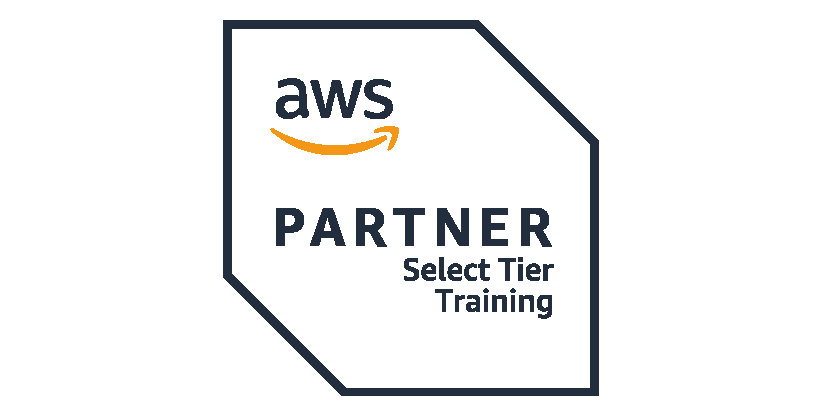Additional information
| Prerequisites | We recommend that attendees of this course have:
|
|---|---|
| Difficulty level | |
| Duration | 3 days |
| Certificate | The participants will obtain certificates signed by AWS (course completion). |
| Trainer | AWS Authorized Instructor (AAI) |
Other training AWS | Migrate and Transfer
TRAINING PRICE FROM 1000 EUR
In order to propose a date for this training, please contact the Sales Department
Upcoming AWS training
-
2026-01-08 Kraków / Virtual Classroom
AWS Technical Essentials
hybrid training: HYBRID -
2026-01-08 Warszawa / Virtual Classroom
AWS Technical Essentials
hybrid training: HYBRID -
2026-01-09 Kraków / Virtual Classroom
AWS Cloud Practitioner Essentials
hybrid training: HYBRID -
2026-01-09 Warszawa / Virtual Classroom
AWS Cloud Practitioner Essentials
hybrid training: HYBRID -
2026-01-30 Kraków / Virtual Classroom
AWS Technical Essentials
hybrid training: HYBRID -
2026-01-30 Warszawa / Virtual Classroom
AWS Technical Essentials
hybrid training: HYBRID -
2026-02-05 Kraków / Virtual Classroom
AWS Technical Essentials
hybrid training: HYBRID -
2026-02-05 Warszawa / Virtual Classroom
AWS Technical Essentials
hybrid training: HYBRID -
2026-02-13 Kraków / Virtual Classroom
AWS Cloud Practitioner Essentials
hybrid training: HYBRID -
2026-02-13 Warszawa / Virtual Classroom
AWS Cloud Practitioner Essentials
hybrid training: HYBRID

